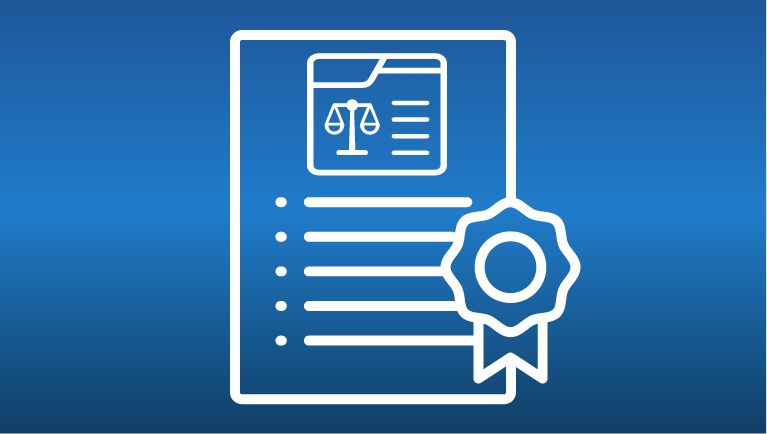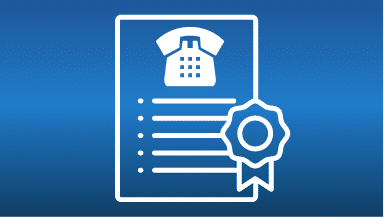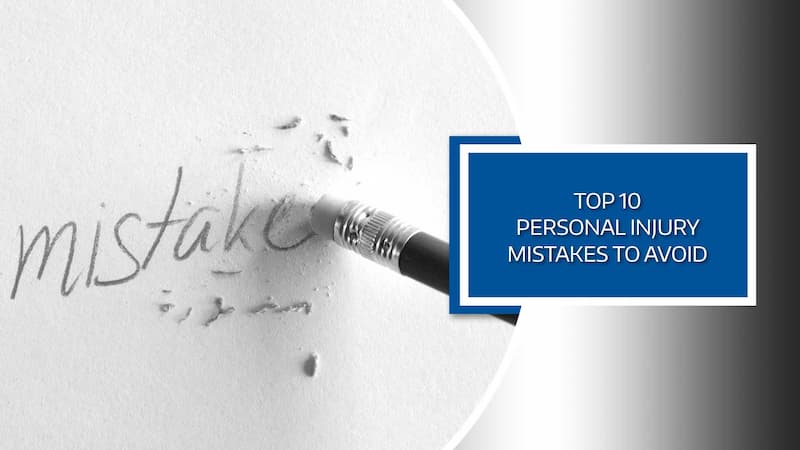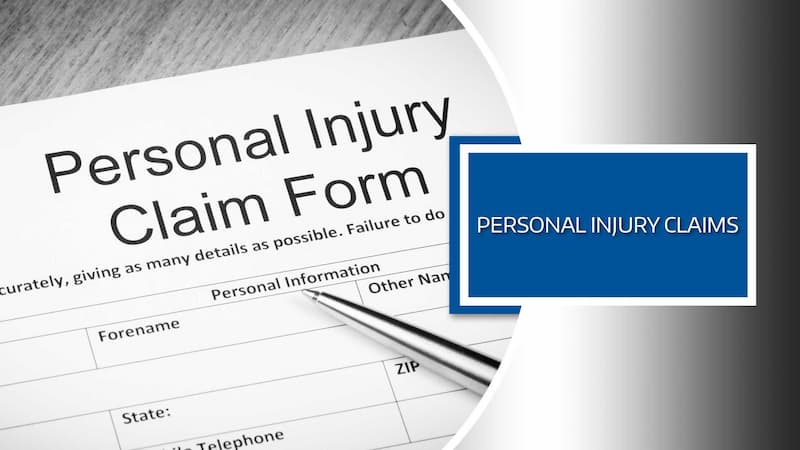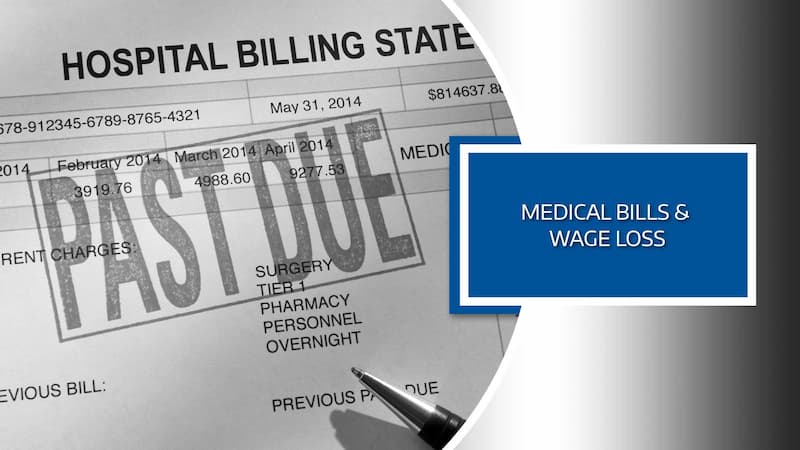#10 How can the chart notes I maintain for my patients help or hinder their personal injury case due to a car accident?
PREGUNTA: How can the chart notes I maintain for my patient help or hinder their personal injury claim?
ANSWER: Consistent and accurate chart notes are essential for supporting your patient’s personal injury claim. Your chart notes will be used at various stages throughout the personal injury claims process. It’s important to record a detailed medical history, clarify inconsistencies, and ensure your patient’s written and verbal reported information is the same. Investing the time to develop your charting practices strengthens your credibility and your patient’s claim.
How can the chart notes I maintain for my patient help or hinder their personal injury claim?
When we move into the phase of the personal injury claim process where it’s time to evaluate your patient’s claim for 1) filing a lawsuit, 2) preparing for depositions, 3) arbitration, 4) trial, or 5) settlement — one of our primary focuses is your chart notes.
If there are problems with the information in your chart notes, we cannot go back and edit them.
Over the years, we’ve developed some helpful chart notes do’s and don’ts to assist medical providers in developing a process and a practice for their chart notes to be as complete and consistent as possible. The reality is no chart note is bulletproof. You simply do your best with your chart noting process. The goal is to master your chart note practice to make it harder for the insurance company or the defense attorney to attack the information in your chart notes, your credibility, or your patient. These guidelines will help improve your chart notes process and do just that.
- First and foremost, make sure you have an accurate medical history for your patient. Don’t take the first answer your patient gives about prior accidents or similar injuries as accurate. It’s not that your patient isn’t telling you the truth. It’s simply that we tend to not remember things until we’re asked a question in such a way that it triggers us to remember the incident, situation, or circumstances. It’s not until we ask the same questions — but in a couple of different ways that we’re able to get the detailed information we need about a client’s complete medical history.
- Getting an accurate answer about the speed of the other vehicle when it hit your patient’s car. This is often a problem in the chart notes we review — especially if there’s little visible damage done to the vehicles involved in the collision and your patient says they were hit at forty miles an hour. That information — the vehicle damage and the speed reported by your patient are now in your chart notes. When it comes to deciding about filing a lawsuit, depositions, or settlement, that inconsistency is going to become a problem. The way to avoid this issue altogether is to ask follow-up questions. When additional questions are asked, you may well discover that your patient actually did not know the speed the other vehicle was traveling at the time of the collision. The follow-up questions would have revealed that your patient was actually guessing because of how hard the impact ‘felt’ to them or because they noticed what the posted speed limit was where the car accident occurred.
- Using computer-assisted check-in systems when patients first arrive for their appointment can be helpful — as long as you’re monitoring your patient’s responses. Typically the check-in form asks patients to state how they’re feeling. What you need to watch out for is that there’s no discrepancy between what your patient says on the form and what they tell you in person — which is also added to their chart notes. We see this all too often where what a patient completes upon check-in is not what they tell their provider during their appointment. It’s important to make sure there is consistency in what your patient writes and what they verbally tell you. It can be helpful to explain to your patient the importance of being consistent in their responses and the impact it can have on their personal injury claim.
- When doing re-evaluations, it’s best to put the evaluations on one page. If your re-evaluation includes a second, third, or fourth evaluation and they’re all on one page, it better demonstrates your patients’ improvement. This is especially beneficial when we are dealing with a PIP dispute, settling with an adjuster, or working with a defense attorney.
These few simple and straightforward steps will help maintain your credibility, your patient’s credibility, and their personal injury claim, which will significantly help us during the settlement process.
We’re here to be a bridge of support for you and your patients.
We have developed a robust library of information for your patients who have been injured in an accident, which can be found in the INJURED? START HERE portal on our website.
There are 40 topic-focused articles, with accompanying videos, organized into the four categories that include the personal injury claim-related questions we’re asked most often, which include:
- Los 10 Principales Errores En Lesiones Personales Que Debe Evitar
- Lo Que Necesita Saber Sobre Su Reclamo
- ¿Cómo Se Pagan Mis Facturas Médicas y la Pérdida de Salario?
- Cómo Prepararse para Su Examen Médico Independiente
Each article provides advice and guidelines to help your patients navigate each phase of the personal injury claims process. Whether we represent your patient or not, we are passionate about them knowing how to protect their rights, get the medical care they need, and avoid the mistakes that can harm their personal injury claim.
Each article provides advice and guidelines to help your patients navigate each phase of the personal injury claims process. Whether we represent your patient or not, we are passionate about them knowing how to protect their rights, get the medical care they need, and avoid the mistakes that can harm their personal injury claim.
Additionally, if it would be helpful to have the information we feature on our website available in your office to pass along to your patients, we’ve developed brochures for each of the four article series -- in both English and Spanish that we’re happy to send to your office. Please complete the form below and we’ll get them out to you promptly.












